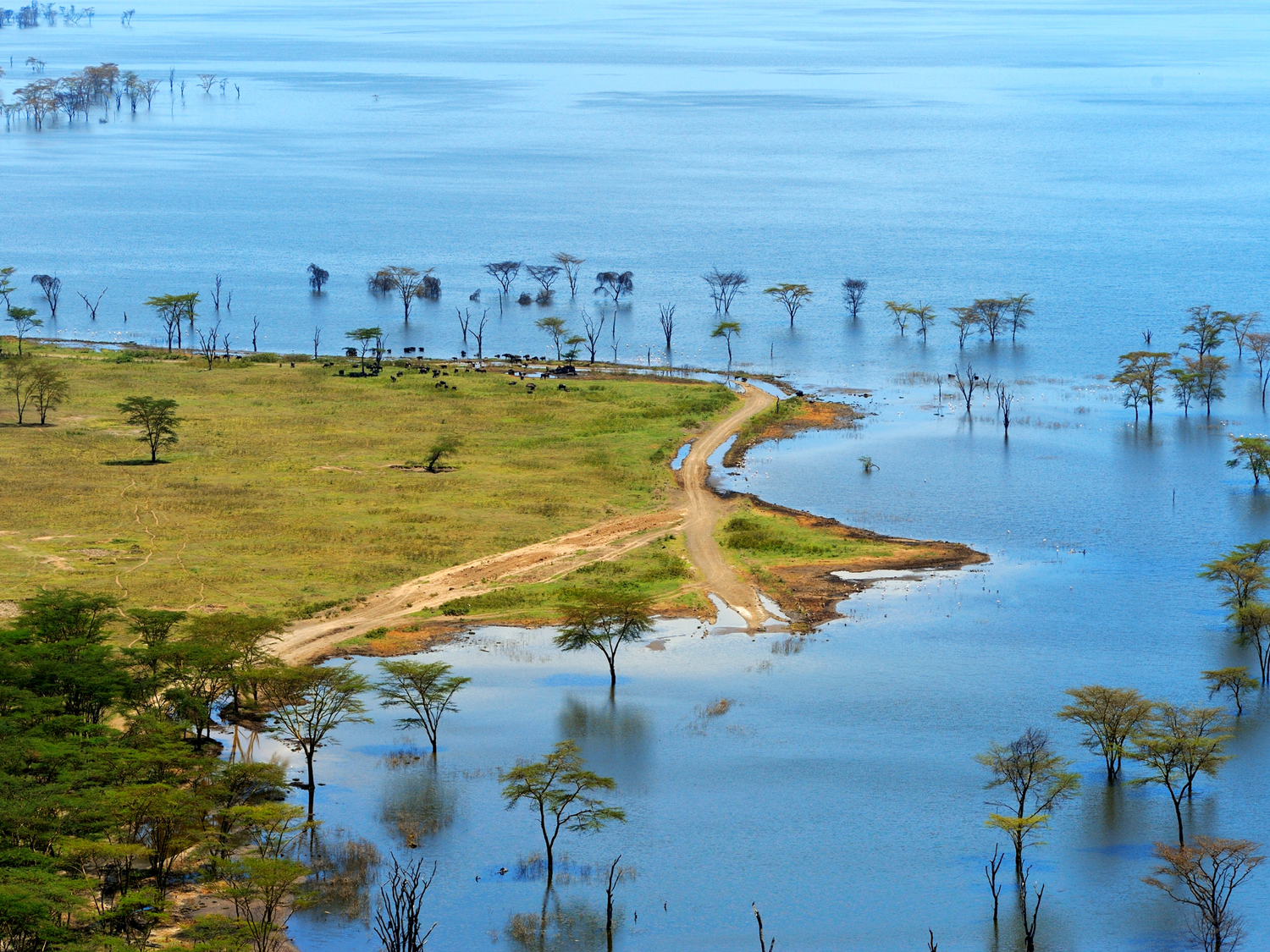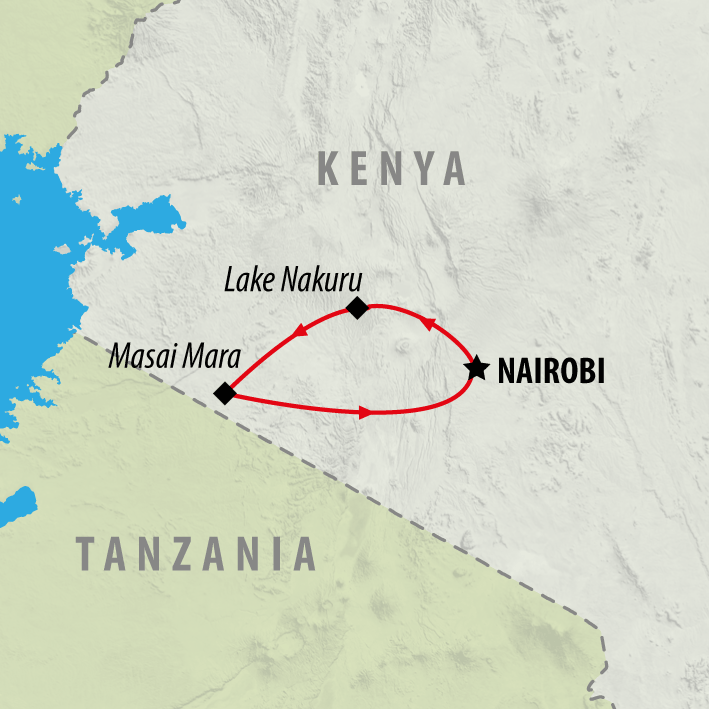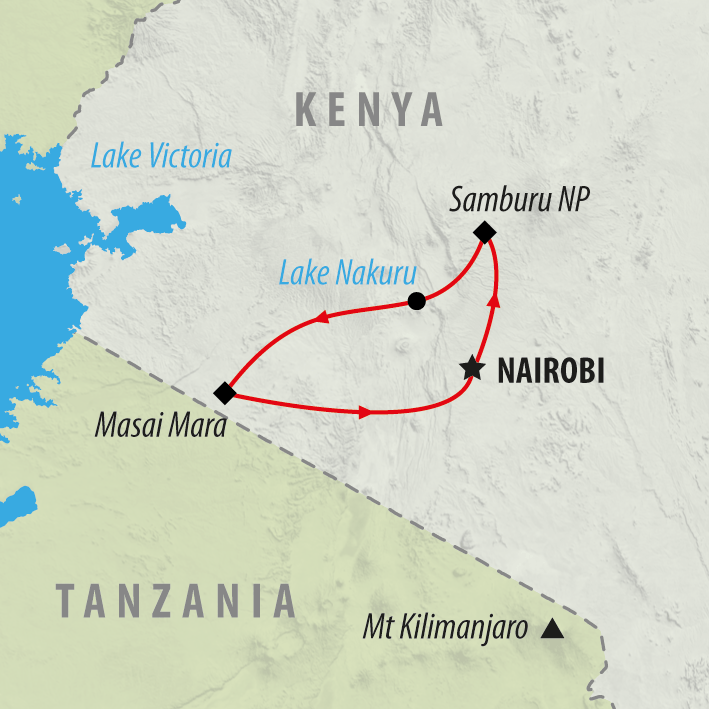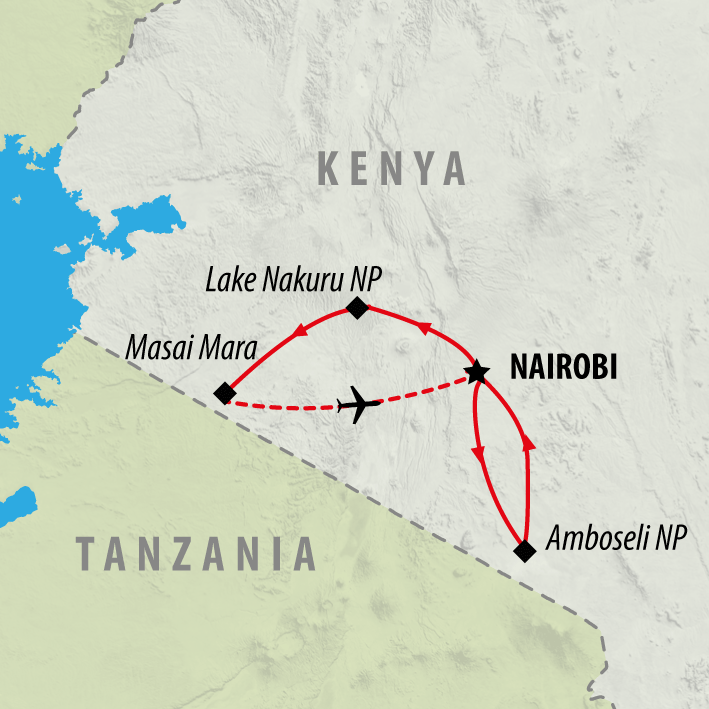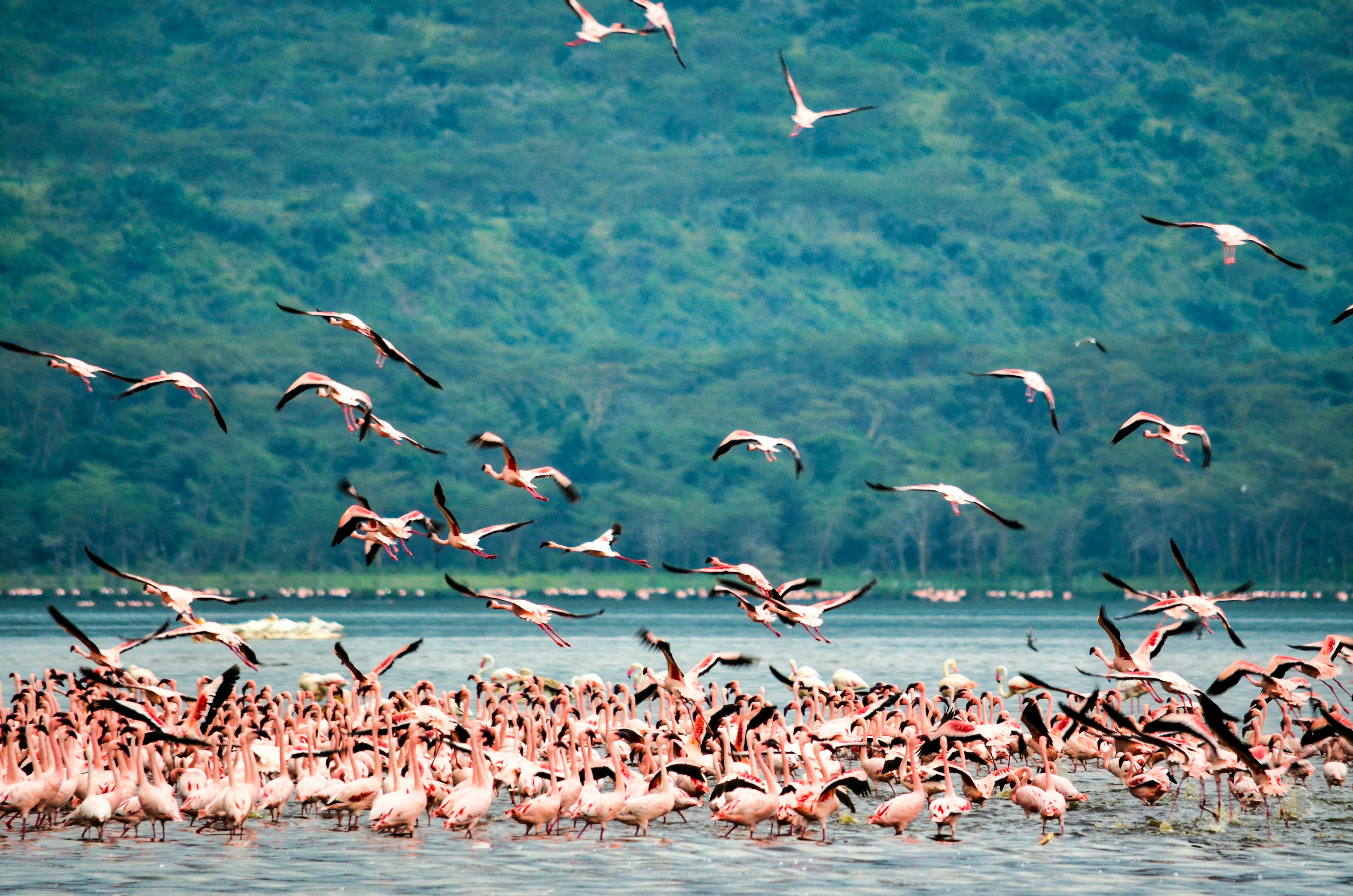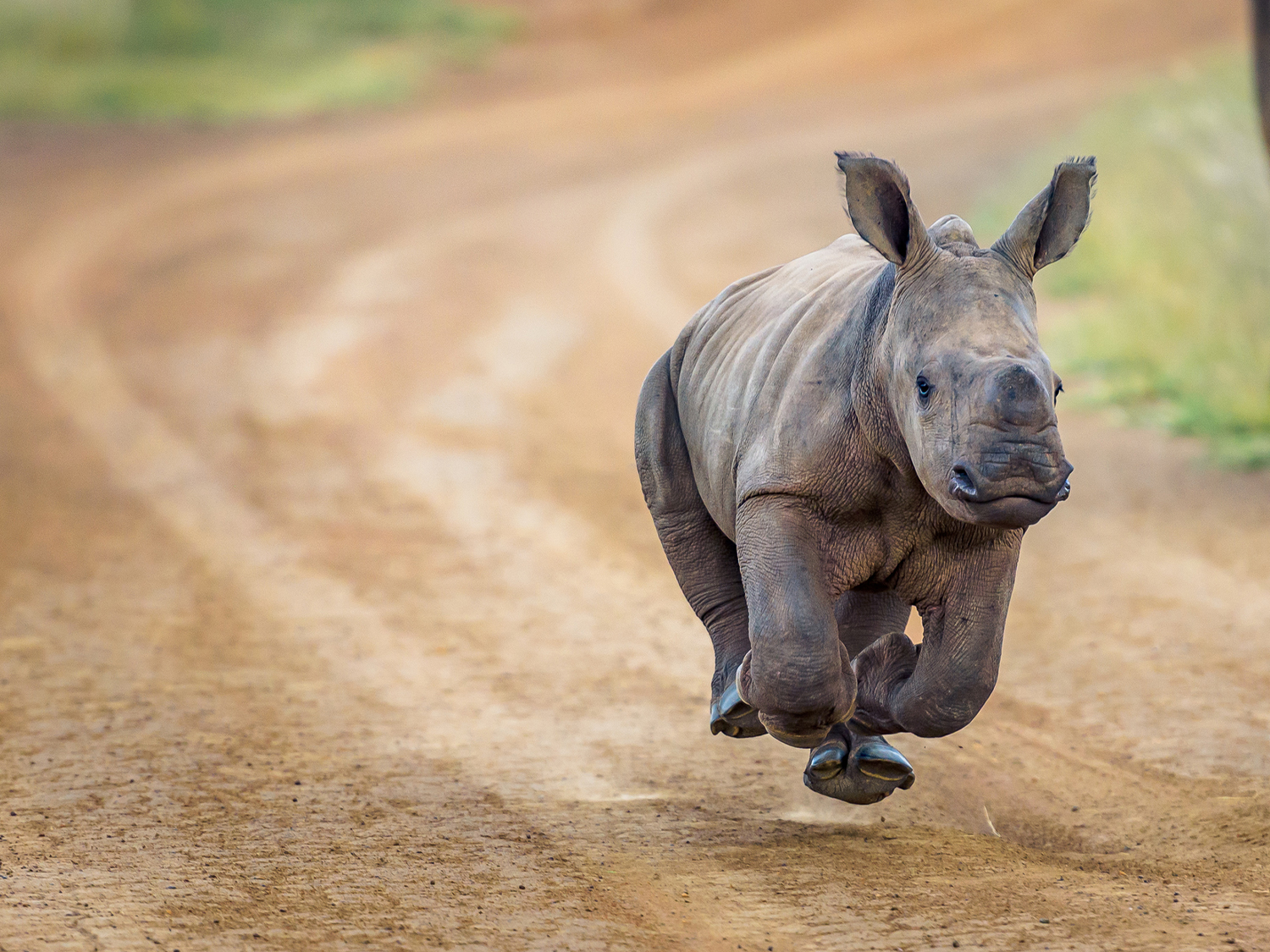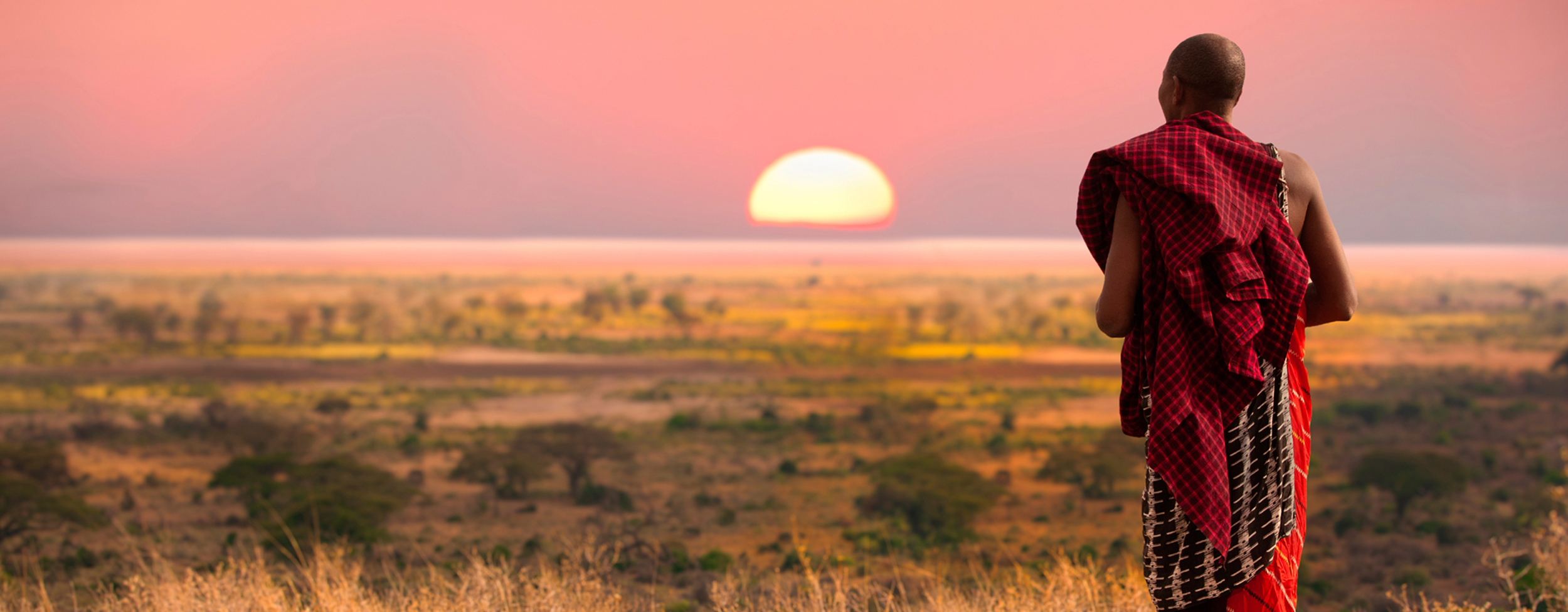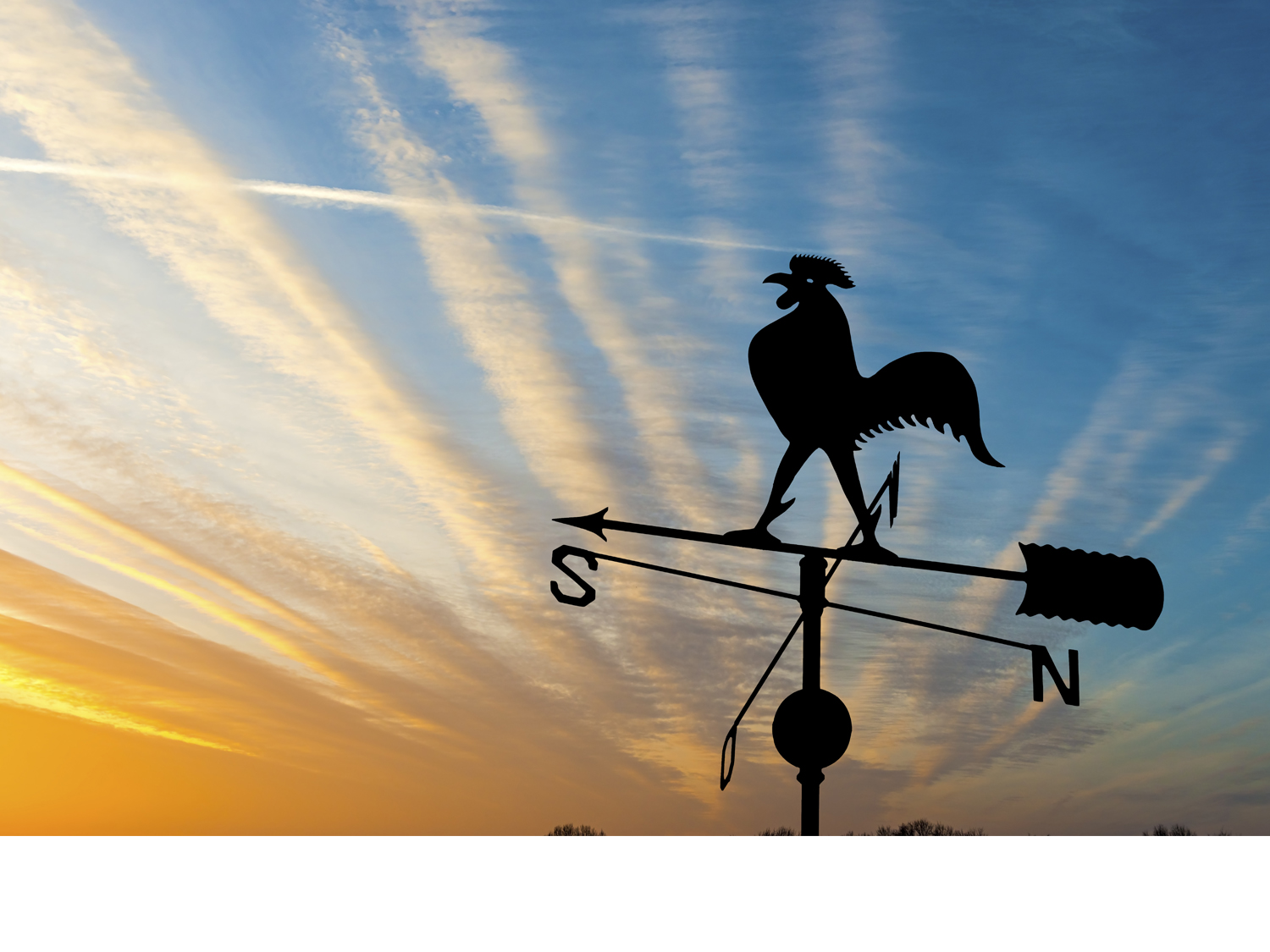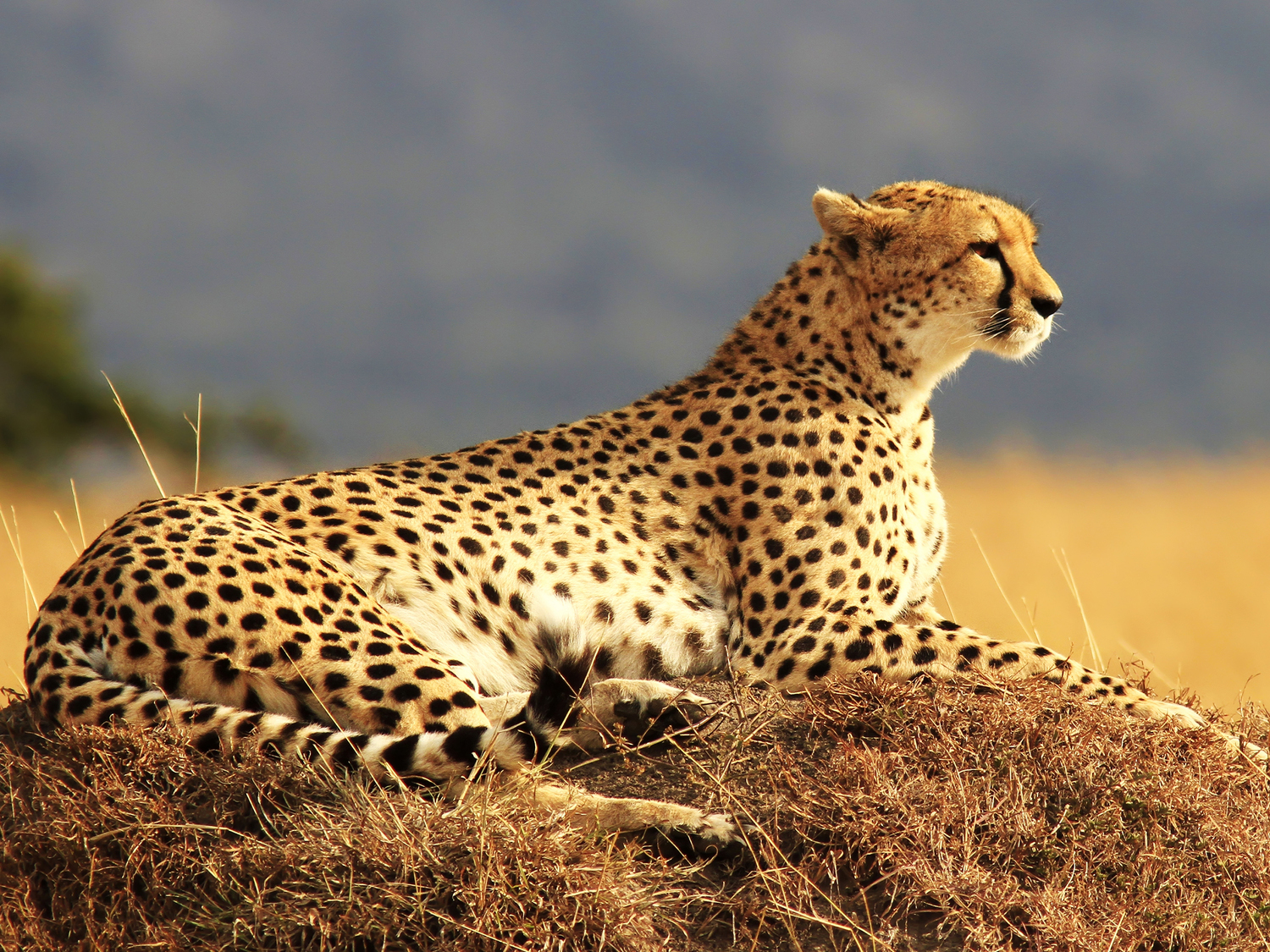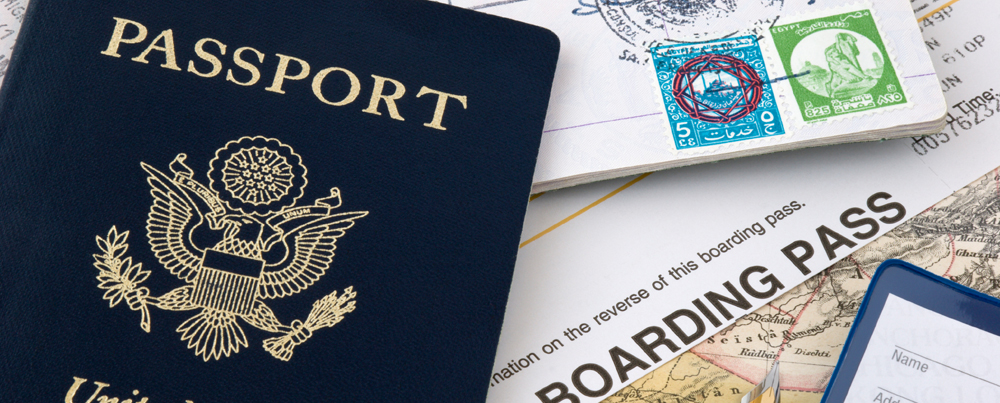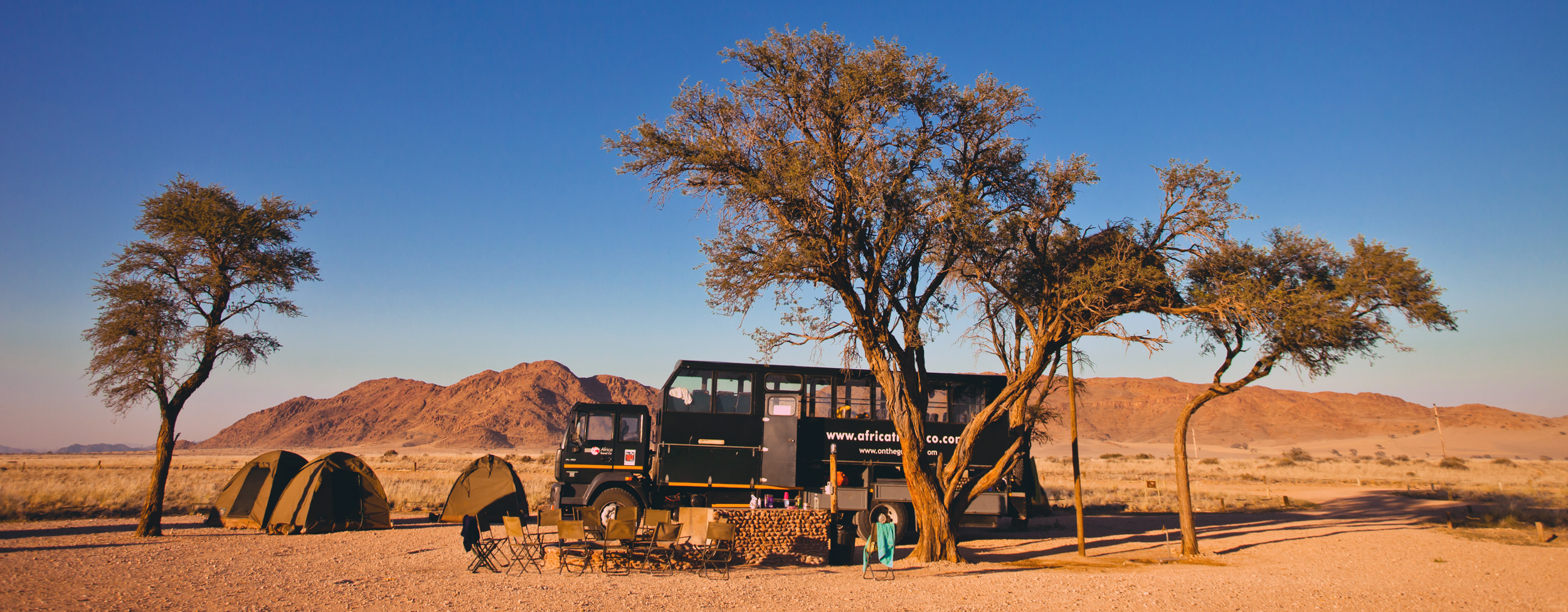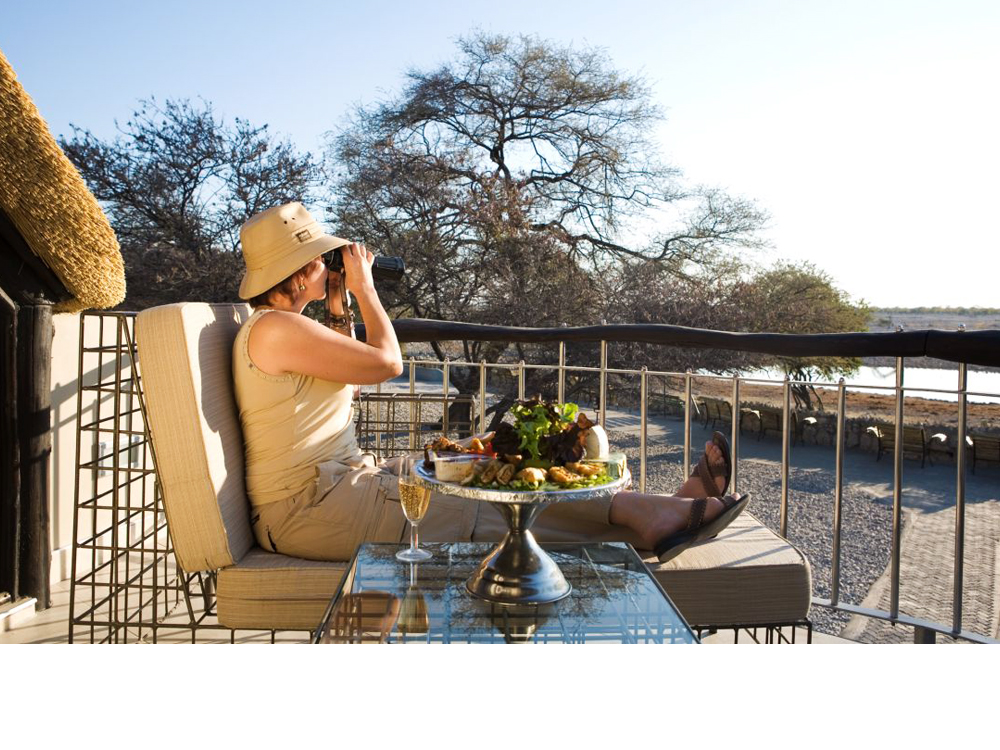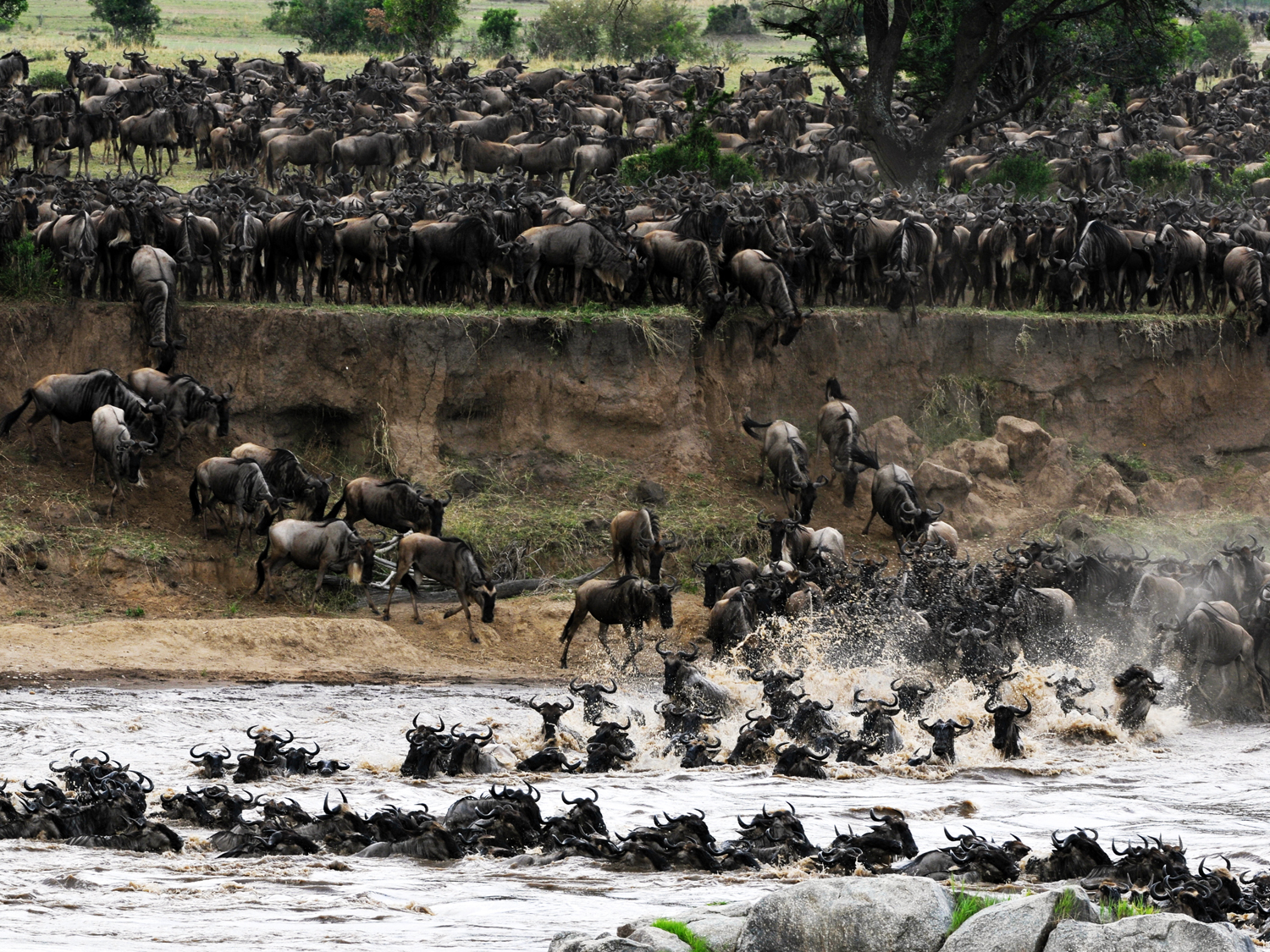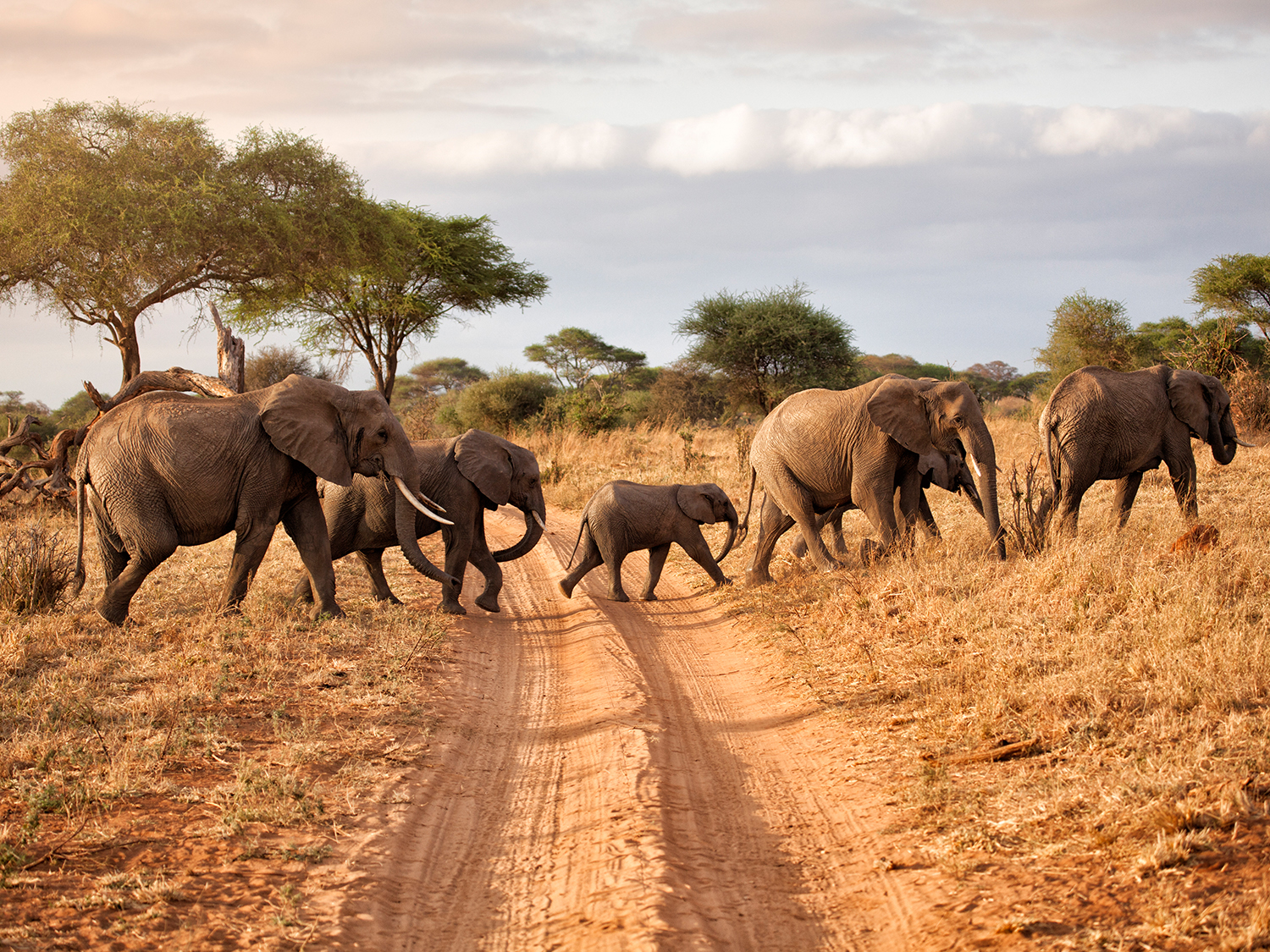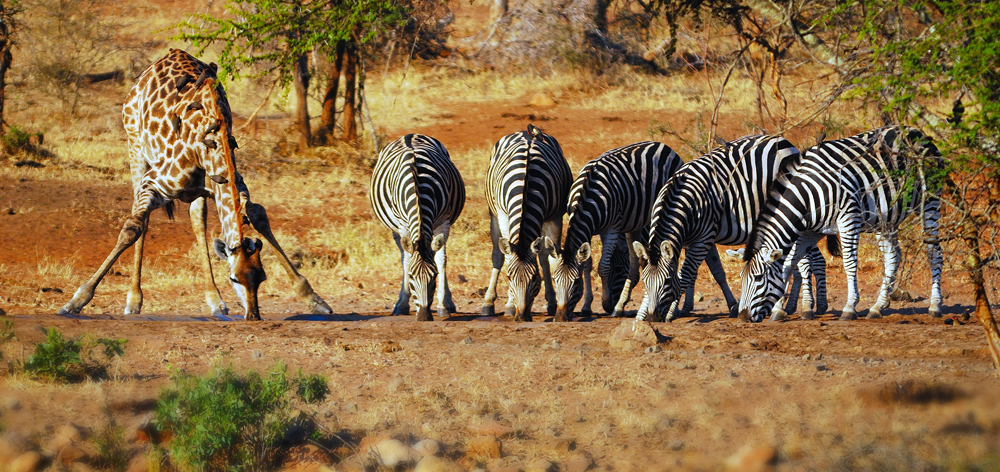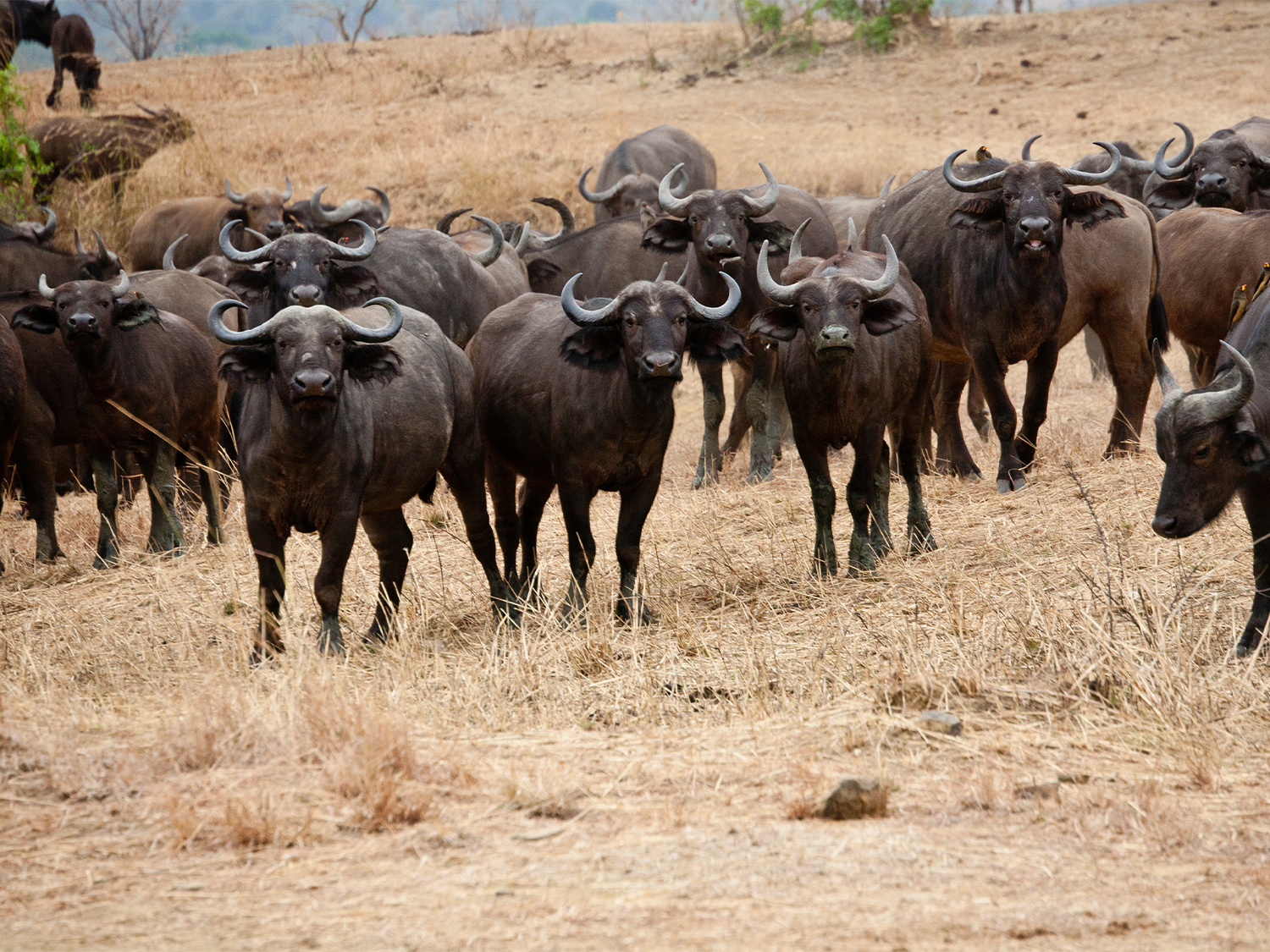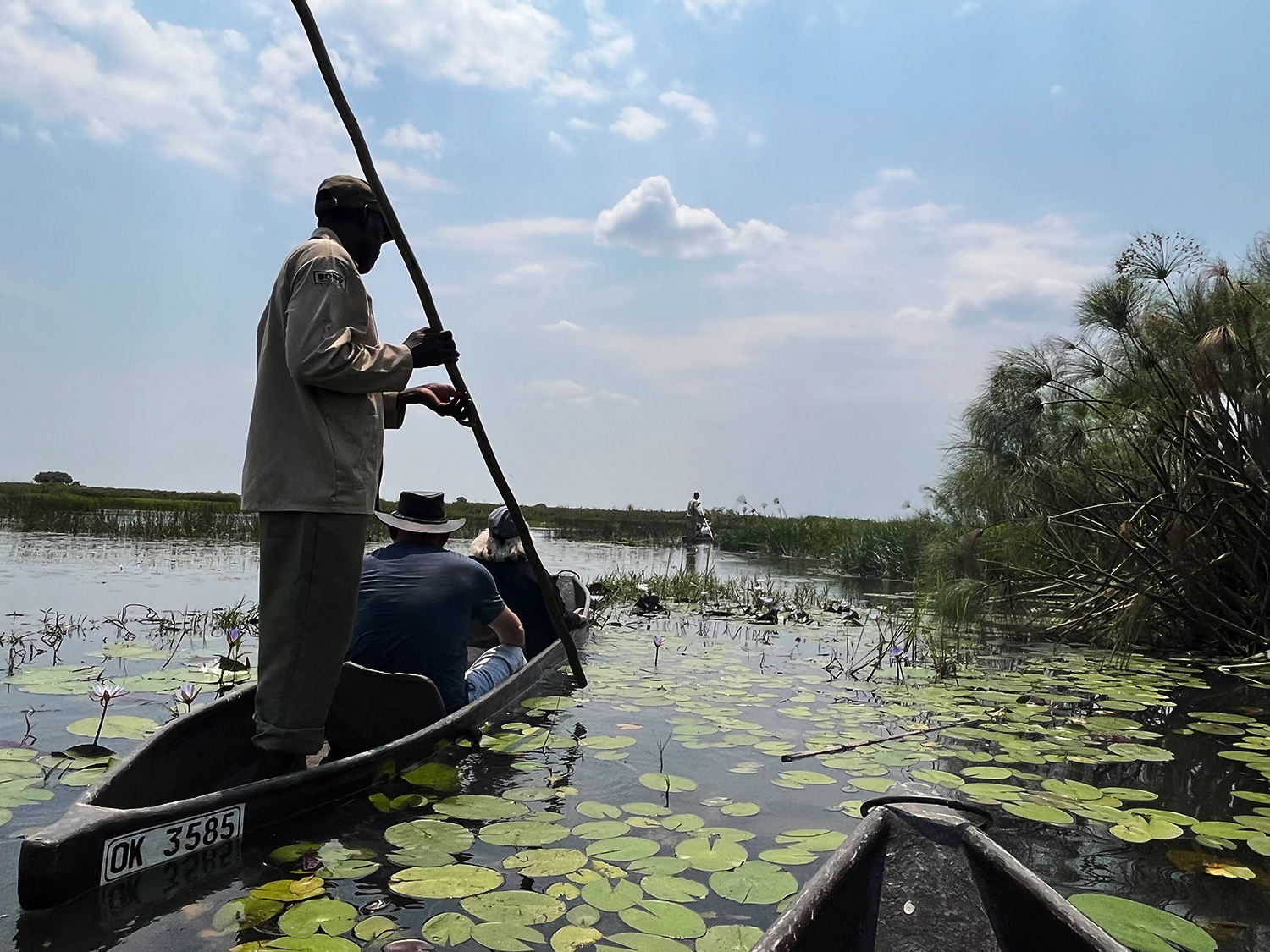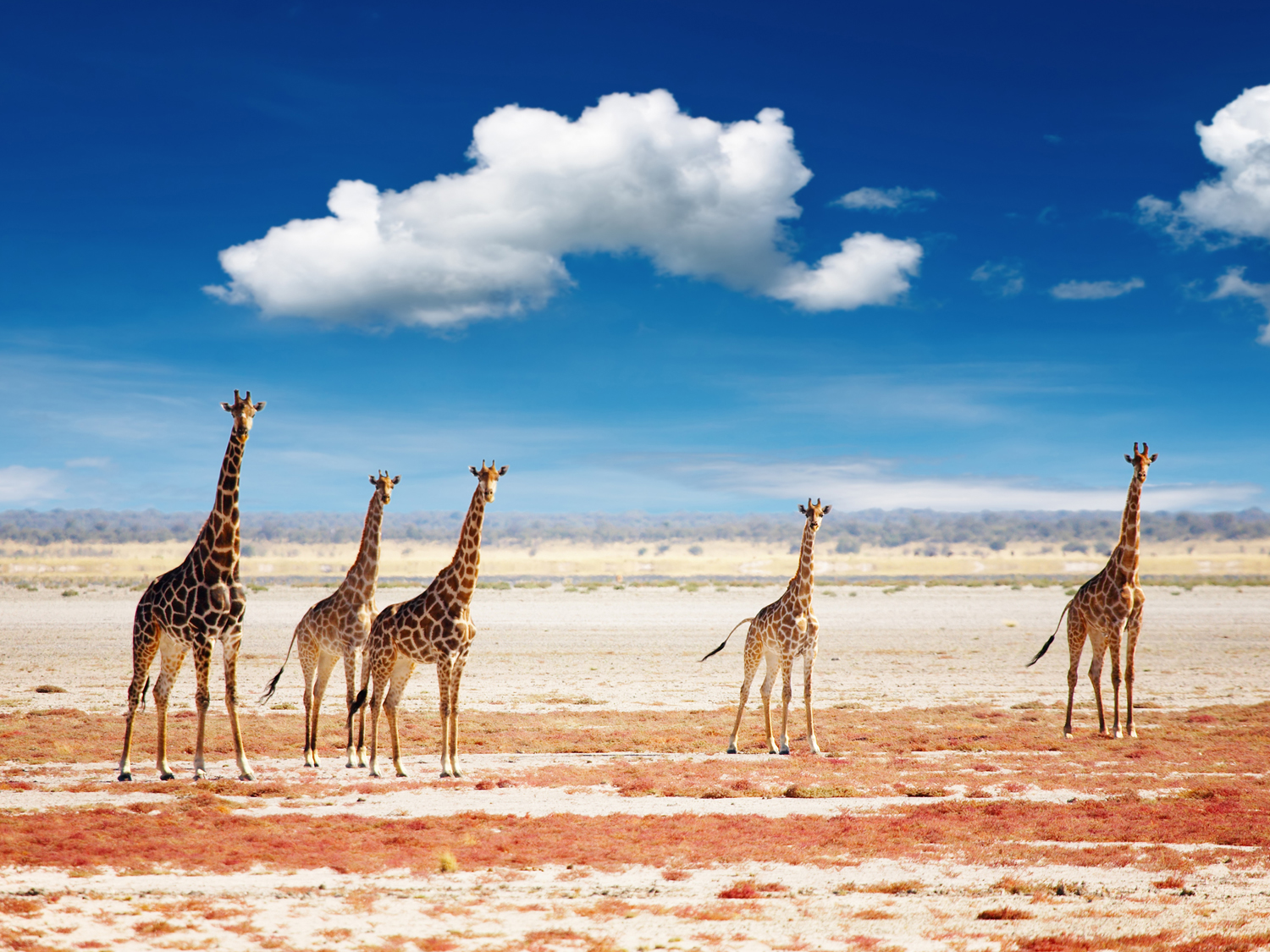Best guided tours to Lake Nakuru, KenyaExplore the Wonders of Lake Nakuru: Guided Tours into Kenya's Wildlife Paradise
When do you want to go?
2024
I'm flexible
Passengers
Adults (18+)
Children (0 - 17)
Welcome to Lake Nakuru, Kenya
Lake Nakuru, located within the Great Rift Valley, is one of Kenya’s most stunning natural attractions. This shallow alkaline lake is surrounded by the Lake Nakuru National Park, a protected area established in 1961, covering approximately 188 square kilometers. The park is a UNESCO World Heritage site, renowned for its incredible biodiversity and conservation efforts. Lake Nakuru itself is famous for its sometimes-massive populations of flamingos, which, when present in large numbers, transform the shores into a pink spectacle visible from miles away. The park’s ecosystem supports a wide variety of wildlife, including rare and endangered species, making it an essential stop for anyone exploring Kenya’s natural beauty.
Guided Tours to Lake Nakuru, Kenya
For those wishing to delve deeper into the wonders of Lake Nakuru, guided tours are the ideal way to experience the park. These tours cater to different interests, whether you're a bird enthusiast, a wildlife photographer, or someone simply looking to enjoy a serene environment. Professional guides, often with years of experience in the area, provide valuable insights into the lake's ecology, the behaviors of various species, and the history of conservation efforts in the region. Tours can range from half-day excursions to multi-day safaris, with options for private or group settings. Some guided tours also include visits to nearby attractions like Menengai Crater or the geothermal springs of Lake Bogoria, adding an extra dimension to your Kenyan adventure.
What to Expect from Visiting Lake Nakuru, Kenya
When you visit Lake Nakuru, expect to be immersed in a landscape that combines lush woodlands, open savannahs, and the striking backdrop of the Rift Valley escarpments. The lake is one of the best places in Africa for birdwatching, with over 450 bird species recorded, including the iconic flamingos, African fish eagles, and the rare Rothschild giraffe. The presence of both white and black rhinos is a major draw, as these majestic creatures can often be seen grazing or wallowing in the mud along the lakeshores.
The park’s diverse habitats, from dense forests of fever trees to the open grasslands, create a unique setting where you can spot predators like lions and leopards, as well as herds of herbivores like buffaloes, zebras, and impalas. Waterfalls like Makalia Falls offer a refreshing contrast to the drier parts of the park, and various viewpoints, such as Baboon Cliff, provide breathtaking panoramic views of the lake and its surroundings. Expect a day filled with the sounds of nature, close encounters with wildlife, and unforgettable landscapes.
Popular Sites to See
Flamingo Viewing Areas
Lake Nakuru is often associated with its flamingos, which are drawn to the lake’s algae-rich waters. While the flamingo population fluctuates due to water levels and food availability, there are several prime spots around the lake where you can observe these graceful birds up close. Whether they are present in the hundreds or thousands, the sight of flamingos feeding and moving in unison is mesmerizing.
Rhino Sanctuary
Lake Nakuru National Park is a vital sanctuary for both black and white rhinos, which are among the most endangered species in the world. The park’s dedicated conservation efforts have helped increase rhino populations, and visitors often have the rare opportunity to see these powerful animals in their natural habitat. Rangers and guides can share the park’s conservation stories and explain the challenges and successes of protecting these animals.
Frequently asked questions
What is the best time to visit Lake Nakuru?
The optimal time to visit Lake Nakuru is during the dry season, from June to September, when animals are more concentrated around water sources and the vegetation is less dense, making wildlife easier to spot. However, if you're primarily interested in birdwatching, particularly flamingos, the wet season from November to April is ideal. During this time, migratory birds join the resident species, and the park is at its most lush and green.
Is Lake Nakuru safe for tourists?
Lake Nakuru is considered safe for tourists. The park is well-managed by the Kenya Wildlife Service, and the local guides are experienced in handling wildlife and ensuring visitor safety. It’s important to adhere to park regulations, such as staying in vehicles during game drives and following the instructions of your guide. The surrounding areas, including Nakuru town, are generally safe, but as with any travel, it's advisable to take standard precautions.
Can I see flamingos year-round at Lake Nakuru?
Flamingos can be seen at Lake Nakuru throughout the year, but their numbers vary depending on the water levels and food availability. The lake’s algae, which the flamingos feed on, thrive in shallow, alkaline waters. During the rainy season, when water levels rise, flamingos may move to other Rift Valley lakes like Lake Bogoria. However, even when their numbers are lower, Lake Nakuru remains a great spot for birdwatching with many other species present.
What type of safari vehicles are used in Lake Nakuru National Park?
Safaris in Lake Nakuru National Park typically use 4x4 vehicles equipped for game viewing. These vehicles often have open sides or pop-up roofs, allowing for unobstructed views and better photography opportunities. Most tour operators offer private or shared vehicle options, and the vehicles are usually driven by professional guides who are familiar with the park's terrain and wildlife.
Is it possible to hike or walk inside the park?
While most of Lake Nakuru National Park is explored by vehicle due to the presence of large and potentially dangerous wildlife, there are certain areas where guided walking safaris are allowed. These walks are led by armed rangers and offer a chance to experience the park’s environment on foot, focusing on smaller wildlife, plants, and bird species. One of the areas where walking is often permitted is around Makalia Falls.
What should I pack for a visit to Lake Nakuru?
When visiting Lake Nakuru, it’s advisable to pack lightweight, breathable clothing in neutral colors for game drives, as well as a hat, sunglasses, and sunscreen to protect against the sun. Evenings and early mornings can be cool, so bring a warm layer. Binoculars and a camera with a zoom lens are essential for wildlife viewing and photography. Insect repellent is also recommended, especially during the wet season when mosquitoes are more prevalent.
Are there any restrictions for visitors in Lake Nakuru National Park?
Yes, to protect both wildlife and visitors, there are certain rules in place within Lake Nakuru National Park. These include staying inside your vehicle during game drives, maintaining a safe distance from animals, avoiding loud noises, and not feeding or disturbing the wildlife. Drones are typically not allowed, and there are designated areas for picnicking and walking. Additionally, littering is strictly prohibited to preserve the park's natural environment. Visitors are encouraged to respect these guidelines to ensure a safe and enjoyable experience for all.
Explore more countries like Kenya
Our customers say
Excellent
4.4 out of 5 based on 275 reviews
